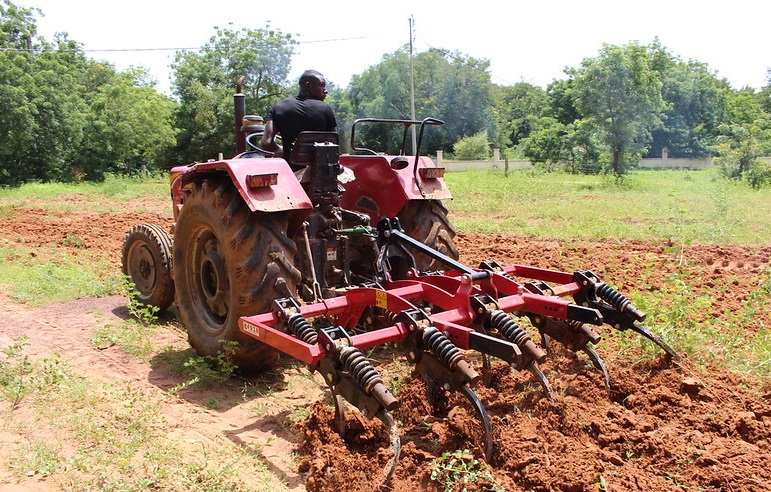Abstract:
This study was conducted to investigate the genetic diversity at d-loop of mitochondrial DNA and establish the possible maternal lineages of
indigenous goat breeds in Democratic Republic of Congo (DRCongo). Phylogenetic relationships among and within 111 goats from three
indigenous populations from a peste-des-petits ruminants outbreak in South Kivu, Eastern of Democratic Republic of the Congo and 22 goats
sequences from the gene bank were analysed using mitochondrial control region sequences (d-loop region).
The results show that a total of 120 segregating sites, 56 haplotypes and 124 mutations were found in a 1220-bp sequence. The mean haplotype
diversity and nucleotide diversity were 0.971±0.007 and 0.011±0.002, respectively with the overall number of nucleotide differences of 10.73. The
phylogenetic analysis showed that all goat sequences were clustered into two haplogroups (A and B), of which haplogroup A was the commonest.
The global analysis of molecular variance (AMOVA), incorporating all the three populations independent of any hierarchical clustering, indicated
that 83.22% of the total genetic variation present in studied goats was explained by genetic differences between individuals (pv= 0.327), 11.18%
among groups (pv=0.000*) and only 5.60% of the variation was attributed to genetic differences between populations (pv=0.003*). These results
conclude that there are high levels of intrapopulation diversity in Mwenga-Shabunda, Fizi and Kalehe goats and the weak phylogeographic structuring, thus, suggested that there existed strong gene flow among goat populations probably caused by extensive trans-border movement of
goats in the past.
Language:
English
Date of publication:
2018
Country:
Region Focus:
Central Africa
University/affiliation:
Volume:
30
Number:
1
Collection:
RUFORUM Journal Articles
Agris Subject Categories:
Additional keywords:
Project sponsor:
RUFORUM (Grant no: RU/2016/GTA/DRG/006); IITA; Université Evangélique en Afrique
Form:
Web resource

